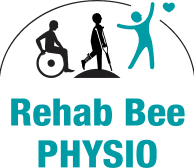Sport Injury Rehabilitation
Sport Injury Rehabilitation
What Is Sports Physiotherapy for Sport Injury?
A sport injury is physical damage that happens during exercise or sports activities. These injuries can affect different parts of the body including muscles, tendons, ligaments, joints, and bones. Sports physiotherapy and sports therapy play a vital role in supporting overall health and well-being by helping prevent, treat, and rehabilitate these injuries through various treatment modalities.

What Is Sports Physiotherapy for Sport Injury?
A sport injury is physical damage that happens during exercise or sports activities. These injuries can affect different parts of the body including muscles, tendons, ligaments, joints, and bones. Sports physiotherapy and sports therapy play a vital role in supporting overall health and well-being by helping prevent, treat, and rehabilitate these injuries through various treatment modalities.

Types of Sport Injuries
Sport injuries typically fall into two main categories: acute and chronic. Acute injuries occur suddenly, like when you sprain an ankle during a game. Chronic injuries develop slowly over time from repeated movements. Some common shoulder injuries or knee joint issues often fall into the chronic category due to repetitive stress.
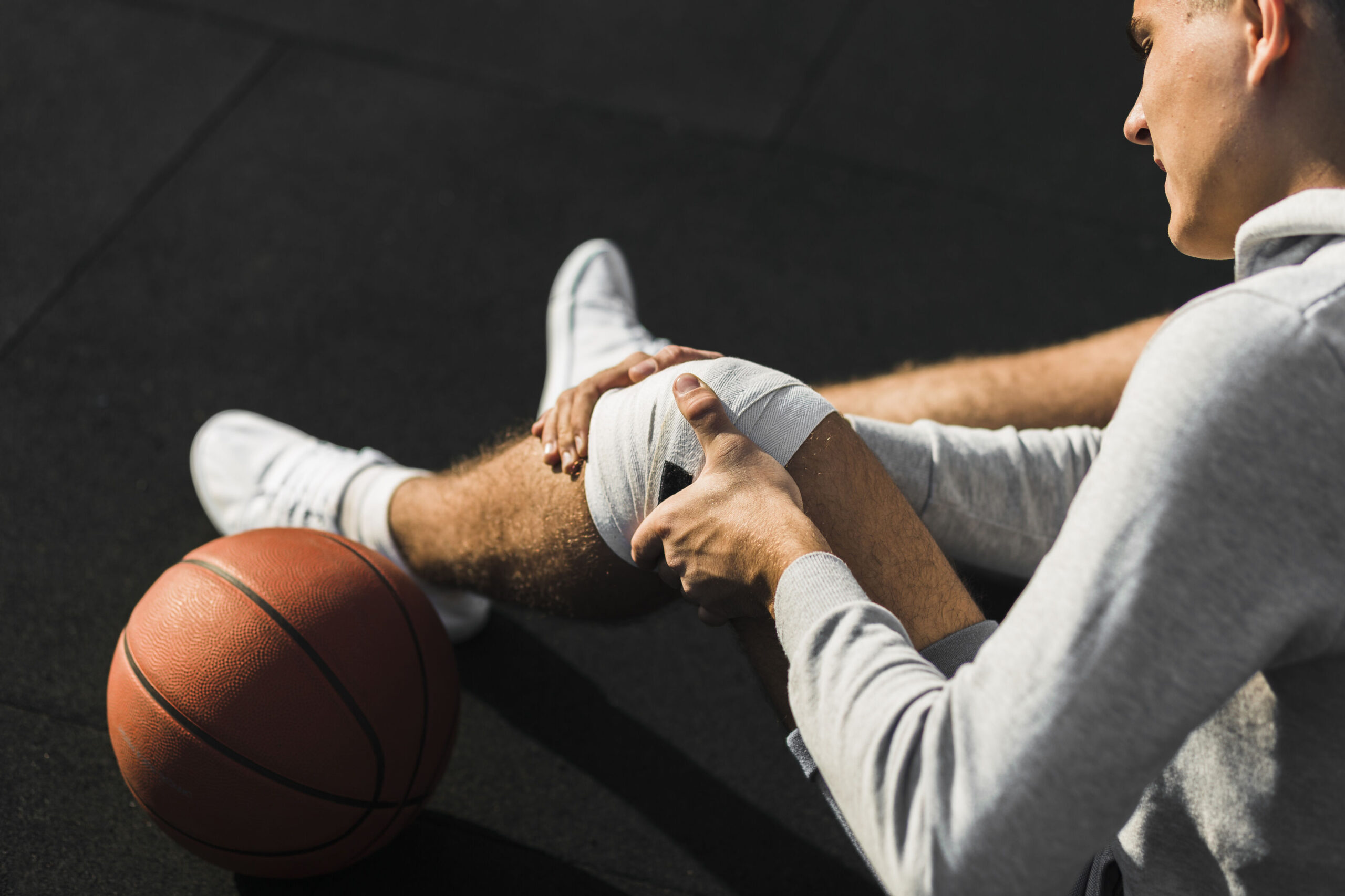
Types of Sport Injuries
Sport injuries typically fall into two main categories: acute and chronic. Acute injuries occur suddenly, like when you sprain an ankle during a game. Chronic injuries develop slowly over time from repeated movements. Some common shoulder injuries or knee joint issues often fall into the chronic category due to repetitive stress.
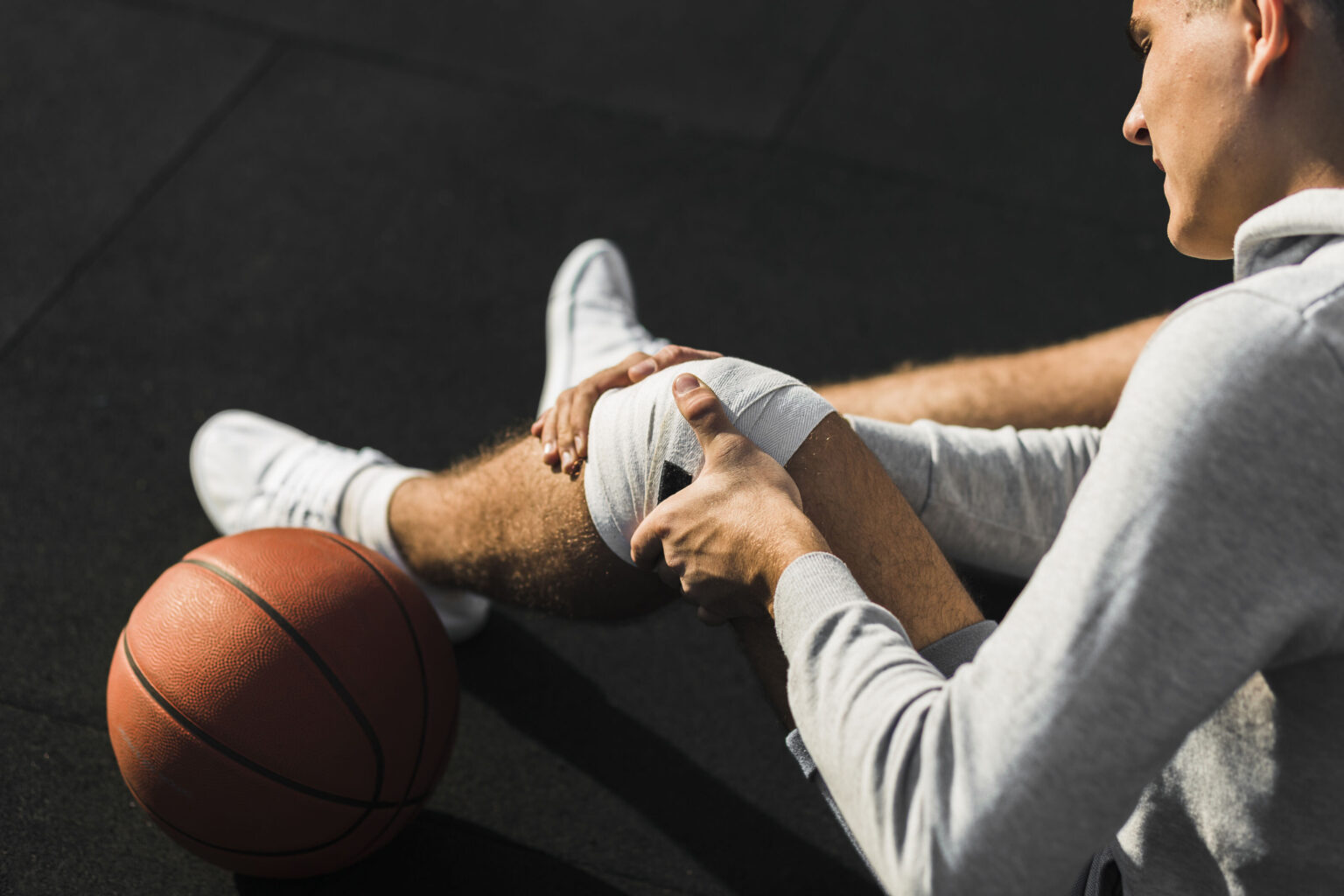
Causes of Sports Injuries
Several factors cause sports injuries. Overuse is common – when we perform the same movements repeatedly without enough rest. Overuse injuries are a result of repetitive trauma in sports and can affect various joints and muscles, often leading to conditions such as Achilles tendonitis or tennis elbow. This puts too much stress on our body parts. Frequent physical activities such as football, badminton, basketball, and other contact sports can increase the risk of injury.
Common causes of sport injuries include:
- Improper training techniques
- Lack of conditioning
- Insufficient warm-up
- Equipment problems or lack of proper safety equipment
- Direct trauma or collision
- Overtraining
- Poor biomechanics
Causes of Sports Injuries
Several factors cause sports injuries. Overuse is common – when we perform the same movements repeatedly without enough rest. Overuse injuries are a result of repetitive trauma in sports and can affect various joints and muscles, often leading to conditions such as Achilles tendonitis or tennis elbow. This puts too much stress on our body parts. Frequent physical activities such as football, badminton, basketball, and other contact sports can increase the risk of injury.
Common causes of sport injuries include:
- Improper training techniques
- Lack of conditioning
- Insufficient warm-up
- Equipment problems or lack of proper safety equipment
- Direct trauma or collision
- Overtraining
- Poor biomechanics
Examples of Sport Injuries
We often see athletes experience injuries like sprains, strains (which refers to muscle or tendon injuries caused by overstretching or overexertion), fractures, and dislocations.
Among these, muscle strain is a specific type of injury caused by overstretching or tearing of muscle fibers, and muscle strain occurs frequently in sports due to sudden movements or overuse.
Other common sports injury conditions include:
Runner’s knee (deterioration and softening of the cartilage of the kneecap due to overuse)
- Tennis elbow (an overuse or muscle strain injury from repeated forearm muscle contractions)
- Achilles tendonitis (inflammation of the Achilles tendon from repetitive stress)
- Stress fractures (tiny cracks in bones caused by repetitive force or overuse)
Each of these is a condition that requires accurate diagnosis and appropriate care through proper injury rehabilitation.
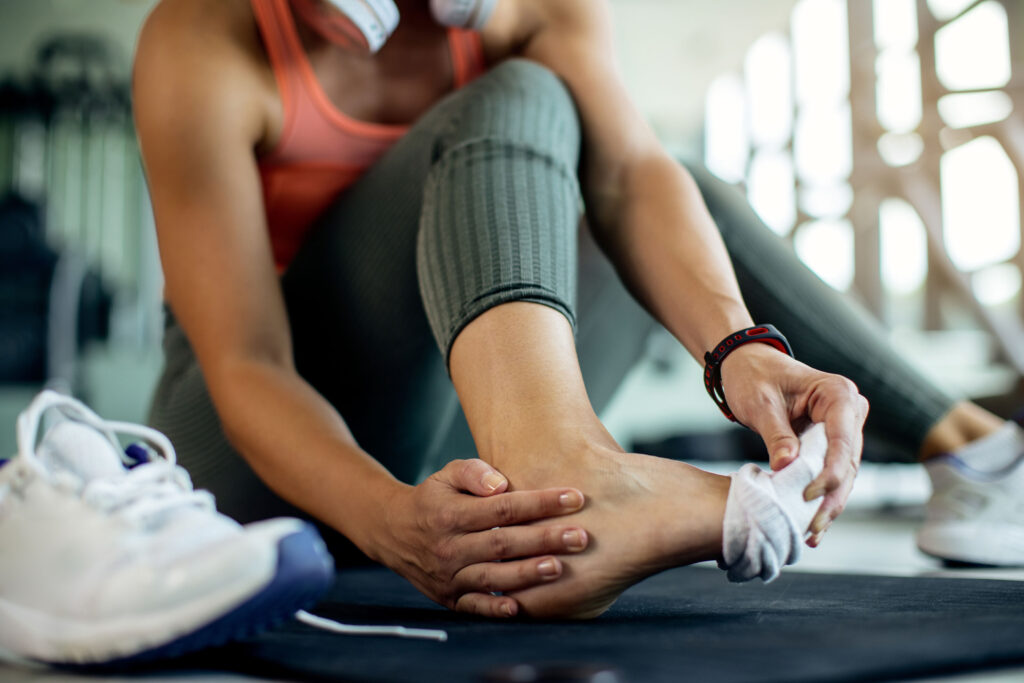
Examples of Sport Injuries
We often see athletes experience injuries like sprains, strains (which refers to muscle or tendon injuries caused by overstretching or overexertion), fractures, and dislocations.
Among these, muscle strain is a specific type of injury caused by overstretching or tearing of muscle fibers, and muscle strain occurs frequently in sports due to sudden movements or overuse.
Other common sports injury conditions include:
Runner’s knee (deterioration and softening of the cartilage of the kneecap due to overuse)
- Tennis elbow (an overuse or muscle strain injury from repeated forearm muscle contractions)
- Achilles tendonitis (inflammation of the Achilles tendon from repetitive stress)
- Stress fractures (tiny cracks in bones caused by repetitive force or overuse)
Each of these is a condition that requires accurate diagnosis and appropriate care through proper injury rehabilitation.

Treatment and Recovery
Most sport injuries respond well to rest, ice, compression, and elevation (RICE). It is important to identify the injured part for proper care and to ensure effective recovery. However, some require professional treatment from physiotherapists, athletic trainers, or physicians.
Prevention is crucial for athletes. Using proper technique, wearing appropriate gear, and following sensible training plans helps reduce injury risk. Restoring strength and flexibility to the injured part through strengthening exercises is an essential part of recovery and helps ensure full function is regained. Sports therapy and sports therapists play a key role in injury prevention, treatment, and rehabilitation for people of all ages and abilities.
Both professional athletes and amateurs are prone to sports injuries, and sports therapy is not limited to professionals. Anyone participating in physical activities can benefit from their expertise. Individuals with lack of conditioning or improper technique are especially prone to injury.
Maintaining an active lifestyle under the guidance of an experienced physiotherapist supports not just recovery, but also long-term healing processes that keep the body resilient against future injury.
Treatment and Recovery
Most sport injuries respond well to rest, ice, compression, and elevation (RICE). It is important to identify the injured part for proper care and to ensure effective recovery. However, some require professional treatment from physiotherapists, athletic trainers, or physicians.
Prevention is crucial for athletes. Using proper technique, wearing appropriate gear, and following sensible training plans helps reduce injury risk. Restoring strength and flexibility to the injured part through strengthening exercises is an essential part of recovery and helps ensure full function is regained. Sports therapy and sports therapists play a key role in injury prevention, treatment, and rehabilitation for people of all ages and abilities.
Both professional athletes and amateurs are prone to sports injuries, and sports therapy is not limited to professionals. Anyone participating in physical activities can benefit from their expertise. Individuals with lack of conditioning or improper technique are especially prone to injury.
Maintaining an active lifestyle under the guidance of an experienced physiotherapist supports not just recovery, but also long-term healing processes that keep the body resilient against future injury.
Common Symptoms of Sport Injury
Athletes often experience several telltale signs when they’ve sustained a sports injury. Recognizing these symptoms early can help with proper treatment and faster recovery.
Pain
Usually the first and most obvious symptom. It may be sharp, dull, constant, or occur only during certain movements. Pain that persists or worsens during activity requires attention.
Swelling
It happens when fluid builds up in the injured area. It's the body's natural response to injury but can limit movement and increase discomfort.
Bruising or discoloration
Occurs when blood vessels break beneath the skin. The area may appear red, purple, or blue depending on the severity of the injury.
Reduced range of motion
Makes it difficult to move a joint through its normal movement pattern. This limitation often accompanies pain and swelling.
Weakness
Weakness in the affected area may make it hard to perform normal activities or athletic movements. You might notice decreased strength or stability.
Stiffness
Often develops hours or days after the initial injury. Morning stiffness or stiffness after periods of rest is particularly common.
Common symptoms by injury type:
Sprains
Swelling, bruising, instability
Strains
Pain during movement, muscle weakness
Fractures
Severe pain, visible deformity, inability to bear weight
Tendonitis
Pain with specific movements, localized tenderness
We believe early detection and treatment of sports injuries is crucial. Ignoring symptoms can lead to chronic problems, longer recovery times, and potentially permanent damage. When athletes address injuries promptly, they often experience better outcomes and can return to their sport more quickly.
Common Symptoms of Sport Injury
Athletes often experience several telltale signs when they’ve sustained a sports injury. Recognizing these symptoms early can help with proper treatment and faster recovery.
Pain
Usually the first and most obvious symptom. It may be sharp, dull, constant, or occur only during certain movements. Pain that persists or worsens during activity requires attention.
Swelling
It happens when fluid builds up in the injured area. It's the body's natural response to injury but can limit movement and increase discomfort.
Bruising or discoloration
Occurs when blood vessels break beneath the skin. The area may appear red, purple, or blue depending on the severity of the injury.
Reduced range of motion
Makes it difficult to move a joint through its normal movement pattern. This limitation often accompanies pain and swelling.
Weakness
Weakness in the affected area may make it hard to perform normal activities or athletic movements. You might notice decreased strength or stability.
Stiffness
Often develops hours or days after the initial injury. Morning stiffness or stiffness after periods of rest is particularly common.
Common symptoms by injury type:
Sprains
Swelling, bruising, instability
Strains
Pain during movement, muscle weakness
Fractures
Severe pain, visible deformity, inability to bear weight
Tendonitis
Pain with specific movements, localized tenderness
We believe early detection and treatment of sports injuries is crucial. Ignoring symptoms can lead to chronic problems, longer recovery times, and potentially permanent damage. When athletes address injuries promptly, they often experience better outcomes and can return to their sport more quickly.
How We Treat Sports Injuries At Rehab Bee Physio
At Rehab Bee Physio, we take a comprehensive approach to sports injury physiotherapy. Physiotherapy treatment at our clinic is a structured rehabilitation program designed to address a wide range of conditions, such as sprains, tears, and overuse injuries, and to help restore optimal function.
We begin with a thorough assessment to understand the exact nature of your condition, identify the injured part, and determine how it affects your athletic performance.
Our Treatment Approach
Manual therapy
To restore movement and reduce pain
Movement retraining
To correct faulty biomechanics
Clinical sports massage
To relieve muscle tension, boost blood flow, and speed up
Cold and Heat Therapy
To reduce inflammation, relax muscles, and improve circulation
Electrotherapy
For pain management and tissue healing
Exercise Rehabilitation
To rebuild strength and function
Our experienced sports physiotherapists develop personalized treatment plans tailored to your specific needs. We don’t believe in one-size-fits-all solutions because every athlete and injury is unique. We use several evidence-based treatments and techniques to treat sport injuries effectively. These include:
Education and Support
Education is a crucial part of our sports injury treatment. We teach you about your injury and provide strategies to prevent future problems, empowering you to take control of your recovery. Sports therapy and your sports therapist play a key role in guiding you through rehabilitation and helping you maintain your health during physical activities.
Our Commitment to Athletes
Our sports physio team works with athletes of all levels. Whether you’re a weekend warrior or a professional competitor, we apply the same dedication to getting you back in the game. We have extensive experience working with professional athlete clients, ensuring high standards of care.
We monitor your progress carefully and adjust your treatment plan as needed. Restoring strength and flexibility to the injured part is a vital part of rehabilitation, ensuring you regain full function. Our goal is not just to address the current injury but to make you more resilient against future sports injuries.
How We Treat Sports Injuries At Rehab Bee Physio
At Rehab Bee Physio, we take a comprehensive approach to sports injury physiotherapy. Physiotherapy treatment at our clinic is a structured rehabilitation program designed to address a wide range of conditions, such as sprains, tears, and overuse injuries, and to help restore optimal function.
We begin with a thorough assessment to understand the exact nature of your condition, identify the injured part, and determine how it affects your athletic performance.
Our Treatment Approach
Manual therapy
To restore movement and reduce pain
Movement retraining
To correct faulty biomechanics
Clinical sports massage
To relieve muscle tension, boost blood flow, and speed up
Cold and Heat Therapy
To reduce inflammation, relax muscles, and improve circulation
Electrotherapy
For pain management and tissue healing
Exercise Rehabilitation
To rebuild strength and function
Our experienced sports physiotherapists develop personalized treatment plans tailored to your specific needs. We don’t believe in one-size-fits-all solutions because every athlete and injury is unique. We use several evidence-based treatments and techniques to treat sport injuries effectively. These include:
Education and Support
Education is a crucial part of our sports injury treatment. We teach you about your injury and provide strategies to prevent future problems, empowering you to take control of your recovery. Sports therapy and your sports therapist play a key role in guiding you through rehabilitation and helping you maintain your health during physical activities.
Our Commitment to Athletes
Our sports physio team works with athletes of all levels. Whether you’re a weekend warrior or a professional competitor, we apply the same dedication to getting you back in the game. We have extensive experience working with professional athlete clients, ensuring high standards of care.
We monitor your progress carefully and adjust your treatment plan as needed. Restoring strength and flexibility to the injured part is a vital part of rehabilitation, ensuring you regain full function. Our goal is not just to address the current injury but to make you more resilient against future sports injuries.
Why Rehab Bee Physio?
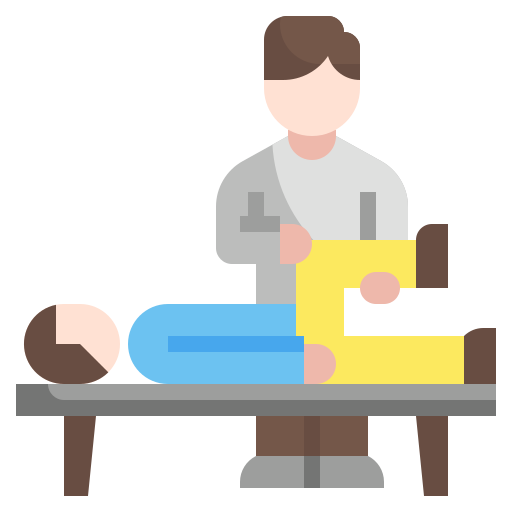
Highly Specialised Team by Areas

Covered by Insurance & Corporate Panels

Highly Certified Team
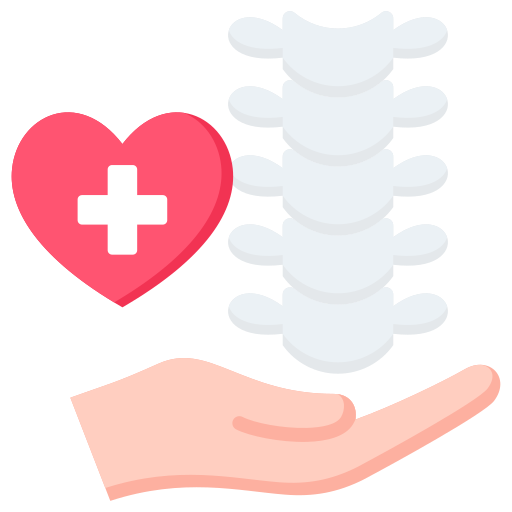
Treatment That Fits You

Trusted with 5 Star Google Reviews

Trusted by Media & University
Why Rehab Bee Physio?

Highly Specialised Team by Areas

Covered by Insurance & Corporate Panels

Trusted by Media & University

Treatment That Fits You

Highly Certified Team

